Tips for Using Social Media Effectively in Small Business Marketing

Social media has become a tool that small businesses can’t live without. Finding success in the competitive business climate of today means creating a recognizable brand and getting that brand seen, especially in popular and growing areas like San Diego. InnoVision Marketing Grouprecognizes that there can be many steps to building that recognition, from branding to the marketing campaign that the social media is based on.
Unfortunately, not every organization has the capacity, staff, or time to build everything from the ground up. The good news is that even before you finish building your branding and marketing plans, you can create a social media presence and identity that can bring in clients who will grow along with you. It can feel overwhelming and time-consuming, but the effort is worth it for the results. Here are five tips for using social media effectively in your small business marketing in San Diego.
1. Know Your Audience
Marketing as a small business in a big market like San Diego, the state of California, and beyond, has to begin with your core audience. Utilizing tools to determine who your audience is, like Facebook Meta Business Page Insights, email surveys, public records demographics, and the audiences and content of the other popular social media pages in your area can help you determine who is online and paying attention around your small business.
Paid advertising becomes especially easy for small businesses when you know the age, gender identity, and location of the people you are trying to target or reach on social media. Knowing the religion and hobbies of the people in your area can provide even further targeting for your marketing campaigns. Holiday social media campaigns, for example, can be curated to be aimed at different denominations and how they celebrate each holiday.
2. Collect Media Content for Posts
Photos of activities that have to do with your small business sector or clients enjoying/wearing/using your products help bring in more interest. It can be difficult to come up with new content when you begin to start posting consistently across social media platforms. Ideas for collecting media to use can vary depending on what your budget allows. If your small business has a larger marketing budget, you can hire a company to do a photoshoot with your products and actors or models.
Another option is to ask your audience for images or videos of them using your products or services. Utilize those same social media posts as a call for people to post their images and videos and tag your small business or post content in the comments.
You can also get your staff out and use your products and take photos or videos. Ask them to record media at home or on vacation and upload it all to you to edit and use for what you need.
3. Curate Your Media by Platform
Each social media platform has a different method of reaching audiences. Even the same demographics experience each application in a different way. It’s important to know how to use each platform effectively and curate your media and text for each one.
Facebook is currently the most flexible. The Facebook algorithm also favors video, fewer hashtags, less text, and images of smiling faces. Text-only posts also don’t do as well as those with any media attached.
Instagram is more photo heavy. The introduction of reels has begun to shift that, but most reels seem to do best when they are very short. Links within the text are not clickable on Instagram, so you will need a page link in your bio to link audiences to. The more times that a client has to click, the less interested they become in the end goal. Websites like Flowcode and LinkTree work best to provide a smooth and simple list of links, all on one page.
TikTok is quickly growing in popularity and recognition across age groups. This video-based application offers free access to a variety of video editing capabilities for videos 30 seconds to 10 minutes long. So far, the 10-minute videos don’t do as well as videos 3 minutes or less.
Twitter requires your text to be short and sweet. This is really one of the only platforms where media inclusion is not really required. If the text is short and sweet or quippy enough, or if your audience is large enough, it should be seen by the people you want to see it. Photos and other media almost always add value though.
These platforms also require attention and feeding. To build and maintain an audience, you will need to post often. Each platform also offers tools for better understanding.
4. Create a Voice
Now that you have collected media and know the audience you’re trying to reach, you need to choose the voice in which you speak online. Major retailers offer a great example of the different social media “voices” that a small business or organization can utilize online. Wendy’s, the fast-food chain, has taken on a funny tone to their posts, leaning heavily into sarcasm, which brings attention to their brand.
Small businesses can choose an adventurous, humorous, or informative tone, or anything in between. With any tone you choose, be consistent.
The way you edit the photos and videos, the font you use, and how you present each piece of media can all help enforce the tone you are trying to create.
5. Interact With Comments
You’ve created a plan and begun to post regularly. Now people are responding to your posts. Responding to their comments is important. “Liking” or “loving” a comment is step one, but taking that extra step to reply will make your customers and followers feel seen and heard.
Social media is becoming more than a tool in small business marketing in San Diego and beyond. As more people move online to shop and find services, small businesses must also find ways to reach them where they are looking. These five tips will help your business on its social media engagement journey.

















